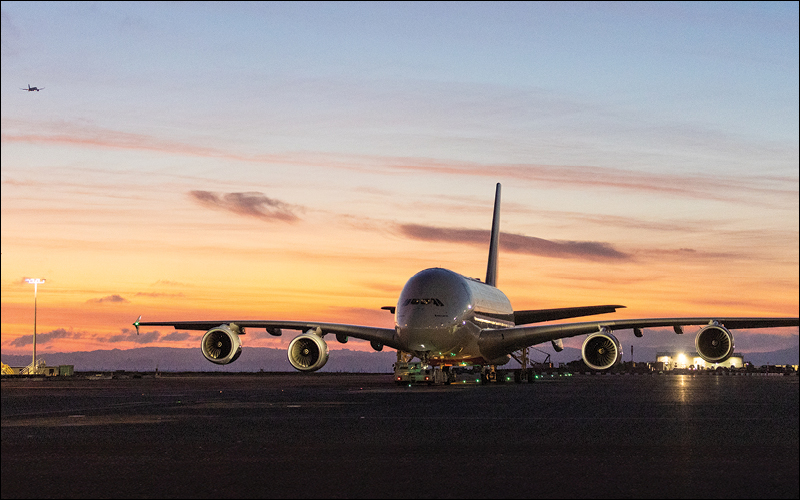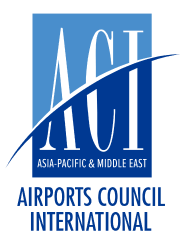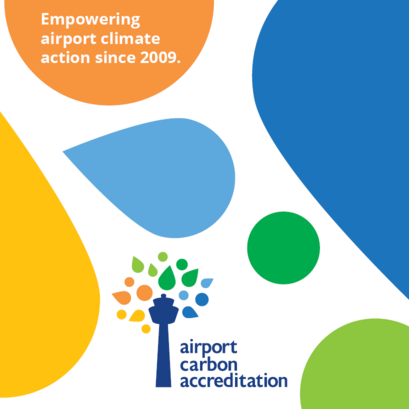
AKL releases long-term future blueprint
- 2025-04-29

Auckland Airport has released its updated Master Plan, providing a vision for the airport out into the late 2040s.
The Master Plan, still in draft, is the first revision in more than 10 years. It provides a high-level view not just for Auckland Airport’s core operations – the airfield, terminals and other aeronautical assets – but also reflects changes in customer expectations, technology, climate resilience, and the growing needs of Auckland and New Zealand.
The Master Plan focuses on key priorities like terminal integration, a second runway and future mass rapid transport corridor, while adding a stronger emphasis on sustainability, innovation and community wellbeing.
Auckland Airport’s Chief Strategic Planning Officer Mary-Liz Tuck said: “A lot has changed since we last updated our Master Plan in 2014 and that is reflected in our broader approach to what is considered within this revised Master Plan.
“It is an evolution, building on previous plans, while ensuring we are responding to what New Zealand needs from its main international gateway not just for today, but well into the future.”
The Master Plan works to safeguard space to ensure it’s available for future use and seeks to anticipate the major changes that will shape aviation in the future.
“While the Master Plan guides our investment decisions, it is not a detailed construction or capital plan. It is about making sure we’re building appropriately today with the future of the airport in mind. At its heart it is a blueprint that makes sure we are building the right thing, at the right time, in the right place.
“It is not a commitment to build certain assets, nor does it set out the business case for constructing infrastructure but lays out the direction of development for the airport. In that sense it is very different from our capital plan, which details what we are building, why we’re building it, the expected cost and delivery timeframes,” said Ms Tuck.
“Instead, the Master Plan creates a framework for the important discussions we need to have ahead of making investment decisions. Given the complexity of building large, complex infrastructure with long lifespans, it is vital that when we come to consult and make investment decisions, we have an overall plan for how the individual assets will fit together,” Ms Tuck said.
Second runway timing
Included in the draft Master Plan is an updated timeframe for instituting a second runway. Previously signalled to be operational by 2028, the likely timing has been pushed out a decade although the introduction of operational innovation may extend that date further into the future.
Ms Tuck said the airport still expects to need a second runway but through operational and airfield efficiency measures, the anticipated trigger point has been revised.
“Building another runway at AKL is part of our planning roadmap, and our current airfield investments, including a major airfield expansion to the north of the international terminal and a consolidated cargo precinct alongside are being built with this in mind.
“Construction of a second runway is a big commitment, and one that we will only consider if it is in the best interests of New Zealand. First, we will fully explore all the ways we can ensure our current airfield operates as efficiently as possible. If the existing runway cannot provide the capacity New Zealand requires, then we will commence consultation with airlines on the second runway.”
Growing at the right pace
The Master Plan anticipates a time when around 38 million people will travel through AKL – around double the number of travellers through the airport today – with air cargo growing more than 40% to 223,000 tonnes in 2047.
Ms Tuck said the forecasts included in the draft provide long term guidance around the timing for when assets might be needed, with demand projections continually refined and updated over time to reflect what’s happening at a point in time in the aviation market.
“When you’re considering how to plan a well-functioning airport across several decades you need to look beyond the short-term cycles by using projected passenger volumes over the long run – this is a fundamental part of long-term airport planning.
“This forecast information is used alongside other key drivers for infrastructure development, such as safety, resilience and enabling essential works.
“The latest set of forecasts was completed in 2024. Since then, we’ve continued to review and refine these projections, reflecting the evolving shape of the post-pandemic recovery,” said Ms Tuck.
“As part of our normal aeronautical planning process, we will continue to update and review our forecasts to ensure they reflect the most current information available, basing infrastructure needs on a rolling view of demand, adjusting as needed to consider new data and aviation trends.”
Talking Master Planning
Over the next few months Auckland Airport will be talking with airlines, government agencies operating at the airport, airport stakeholders and the local community to get their views on the draft Master Plan. When consultation is complete, the feedback will be reviewed with a final version released at the end of the year.
“We recognise it has been more than 10 years since the airport Master Plan was last updated, but our aim is to settle into a more regular pattern. Through revisiting our Master Plan every five years, we believe our long-term planning will remain connected to our ambition to support the success of our people, our communities and New Zealand. Working for New Zealand is a role we take seriously and that’s reflected in our approach to planning for the future,” Ms Tuck said.
Read the draft summary and full Auckland Airport master plan here: www.AKLMasterPlan2025.co.nz







